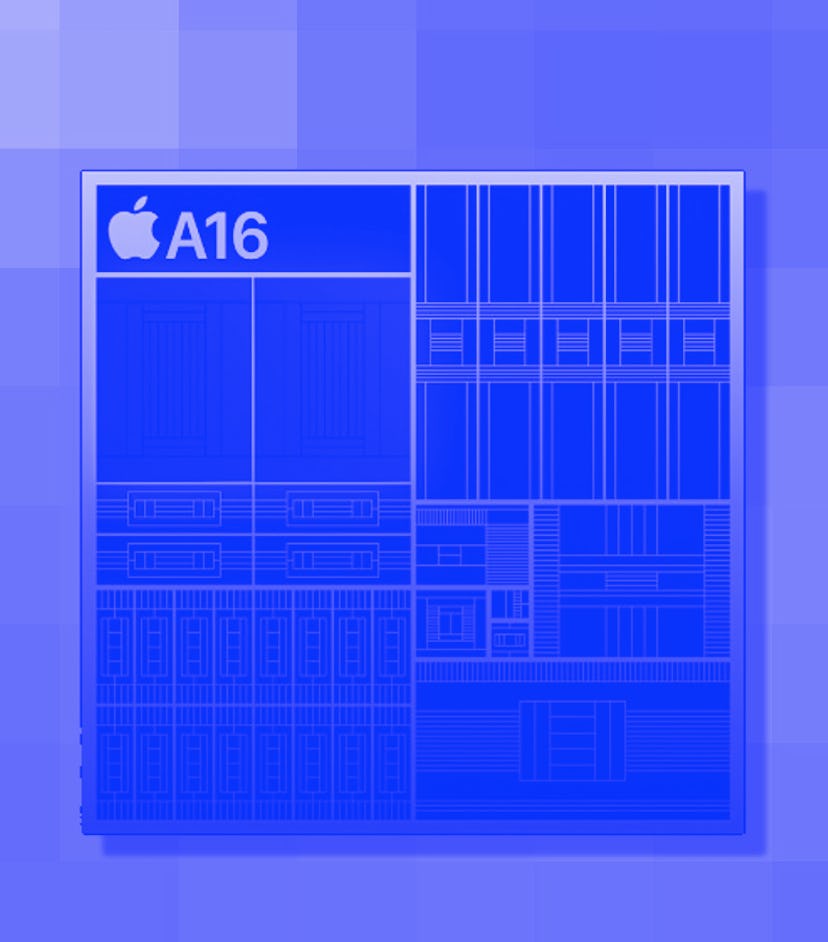Another year, another iPhone, and yet another new chip to power it. Since the dawn of Apple-made silicon, Apple’s A series chips have continued their steady march forward, and this year’s A16 (featured exclusively in the iPhone 14 Pro line) is no exception.
There’s that word, “competition.” Apple says its A16’s CPU is up to 40 percent faster than competing chips, which in this case is likely a not-so-subtle side-eye at Qualcomm and its Snapdragon chips.
Apple’s A16 will also set a precedent as being the company’s first chip with a 4-nanometer architecture (as opposed to the A15’s 5-nanometer). Believe it or not, a 3-nanometer process is already on the way.
